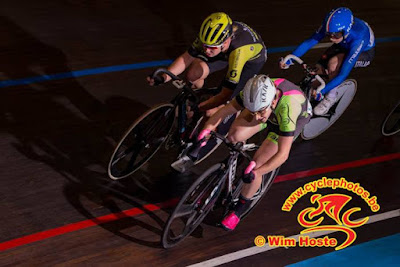Masimo MightySat
When the majority of the pack in cycling can compete at the same level, winning the race comes down to the marginal gains. Before Road Worlds last year I added a new, extremely valuable tool to my collection... the MightySat Fingertip Pulse Oximeter! Now I am still pretty new to all of the science behind the functions on it, but basically what it does is measures your pulse rate, oxygen saturation, perfusion index, respiration rate and pleth variability index.
The pulse rate is pretty self explanatory; how many times your heart beats per minute. The fitter you are, the lower your resting heart rate will be, because more blood is pumped with each pulse; your heart is strengthened to work more efficiently :) One of the most useful measurements I found was the oxygen saturation. It is the measurement, as a percentage, of oxygen in the arterial blood. Higher levels of blood oxygen, means that more oxygen is being transported around the body, thus providing more oxygen to your muscles. Ideally, as an athlete you want the blood saturation percentage to be in between 97-100%, which means that your muscles have enough oxygen and are fully recovered. If the percentage is in the low 90s or less, your muscles haven’t had enough time to fully re-oxygenate after your last workout. Part of my routine when I was training hard at pre-camp before Worlds would be to check all of my levels in the morning, which helped reassure me that I had properly recovered from the previous days training, and that I was good to go for the day. Using this knowledge, of course along with how my legs and body were feeling, allowed me to maximise each days training endeavours.
Finding out that my legs were pretty much always 98/99% leading up to Worlds also really helped me mentally, finding more confidence and reassurance in the fact that I was in prime race form and ready to take on the world!
The perfusion index is used to measure peripheral blood flow, which is how much blood is flowing to your fingers and toes. Less blood flow = colder fingers. There is no “normal” ratio for the PI, so it is a matter of finding out what the normal ratio is for you, then keeping track of any changes and how they correlate with changes to the other measurements. The respiration rate is how many breaths you take per minute, and like the pulse rate, can fluctuate up and down more quickly for people with higher levels of fitness. It is important to know this and find out how to influence how many breaths you take per minute because when you get nervous before a race, for example, you breathe shorter, hyperventilating breaths which inhibits the amount of oxygen that goes to your key muscles like your brain and legs! Fun fact, people take 12-20 breaths per minute at rest. Lastly, the pleth variability index is the change in blood flow to your fingers (your perfusion index) in one breathing cycle.
Being more aware of what is going on inside my body has inspired me to find ways to influence the levels to improve performance. Breathing exercises became a big part of my morning routines as well. Increasing my lung capacity so I could be more efficient with absorbing oxygen during races, and control my anxiety before competitions as well as and watching how the breathing exercises influenced the blood oxygen levels and heart rate gave me some extra marginal gains to focus on utilising.
 |
| Morning routines :) |
Thanks Dotsie Bausch and Masimo for introducing me to this invaluable tool, and I look forward to continuing to learn about it and use it to make this year a great year of racing!




Comments
Post a Comment